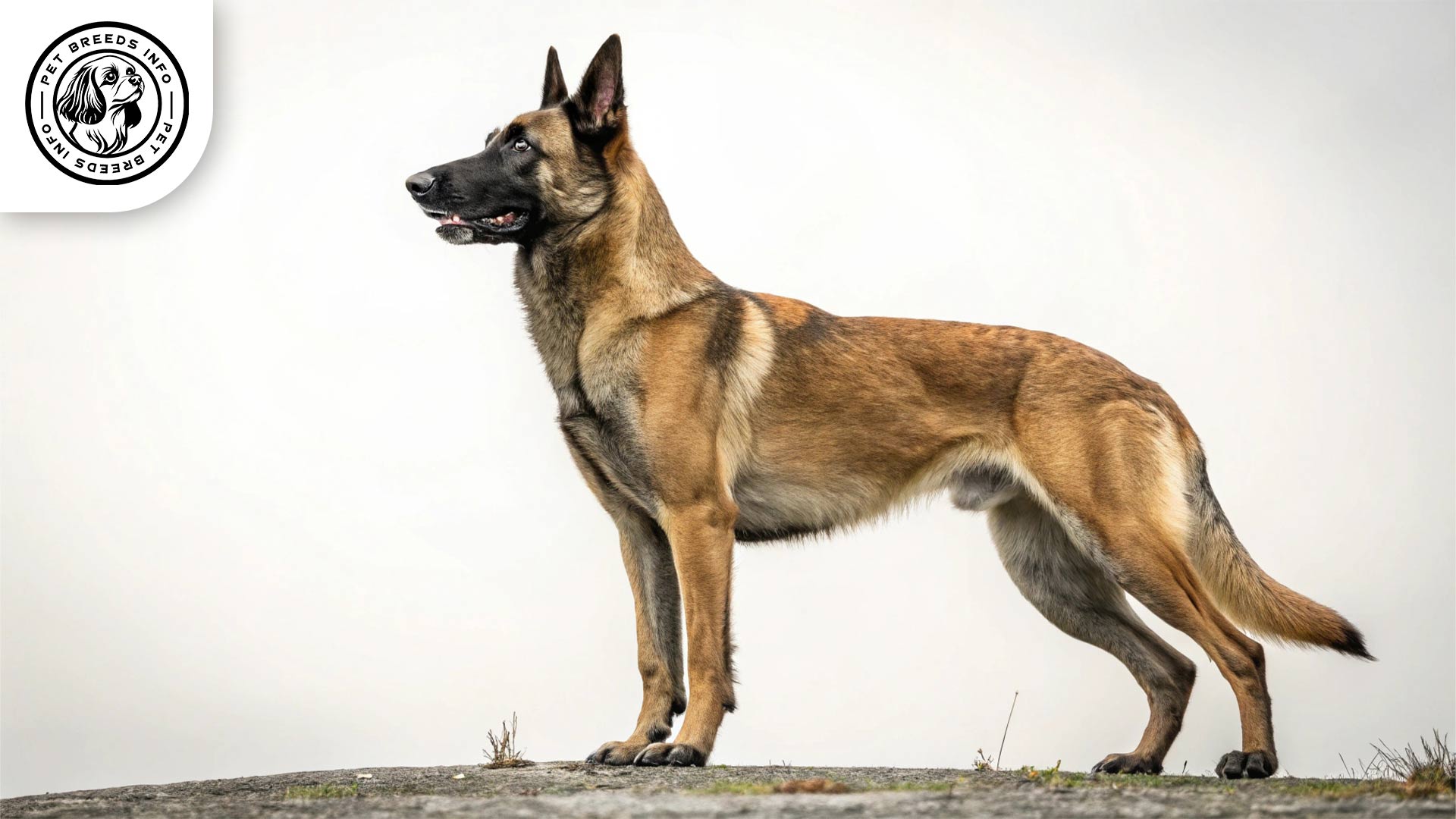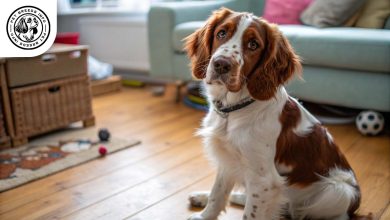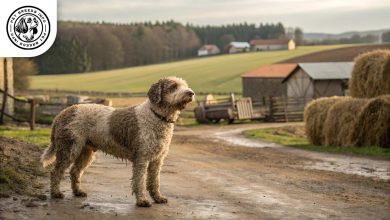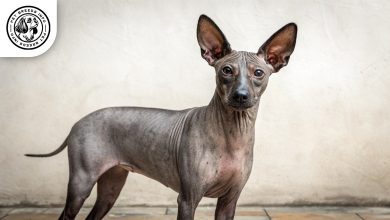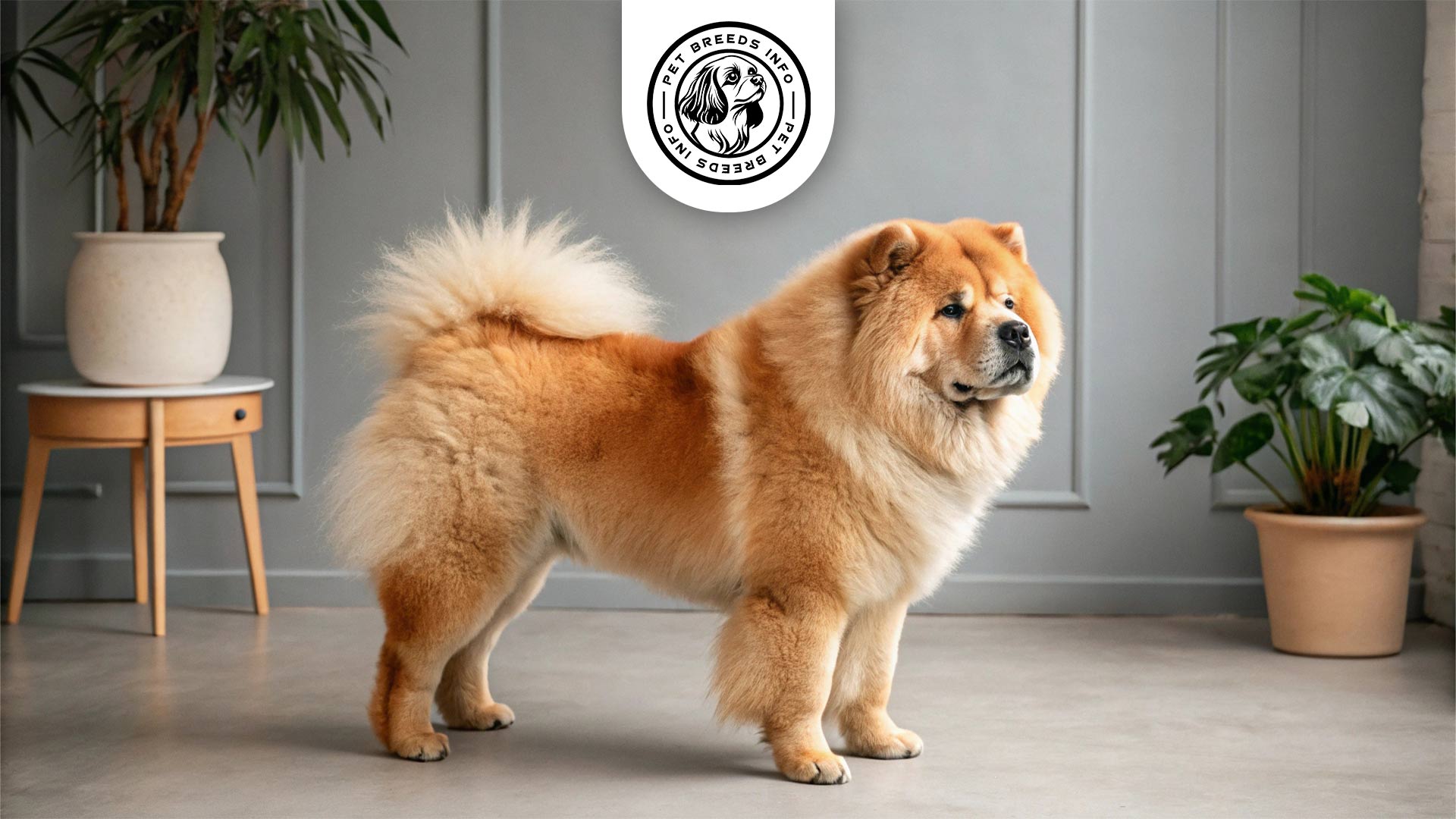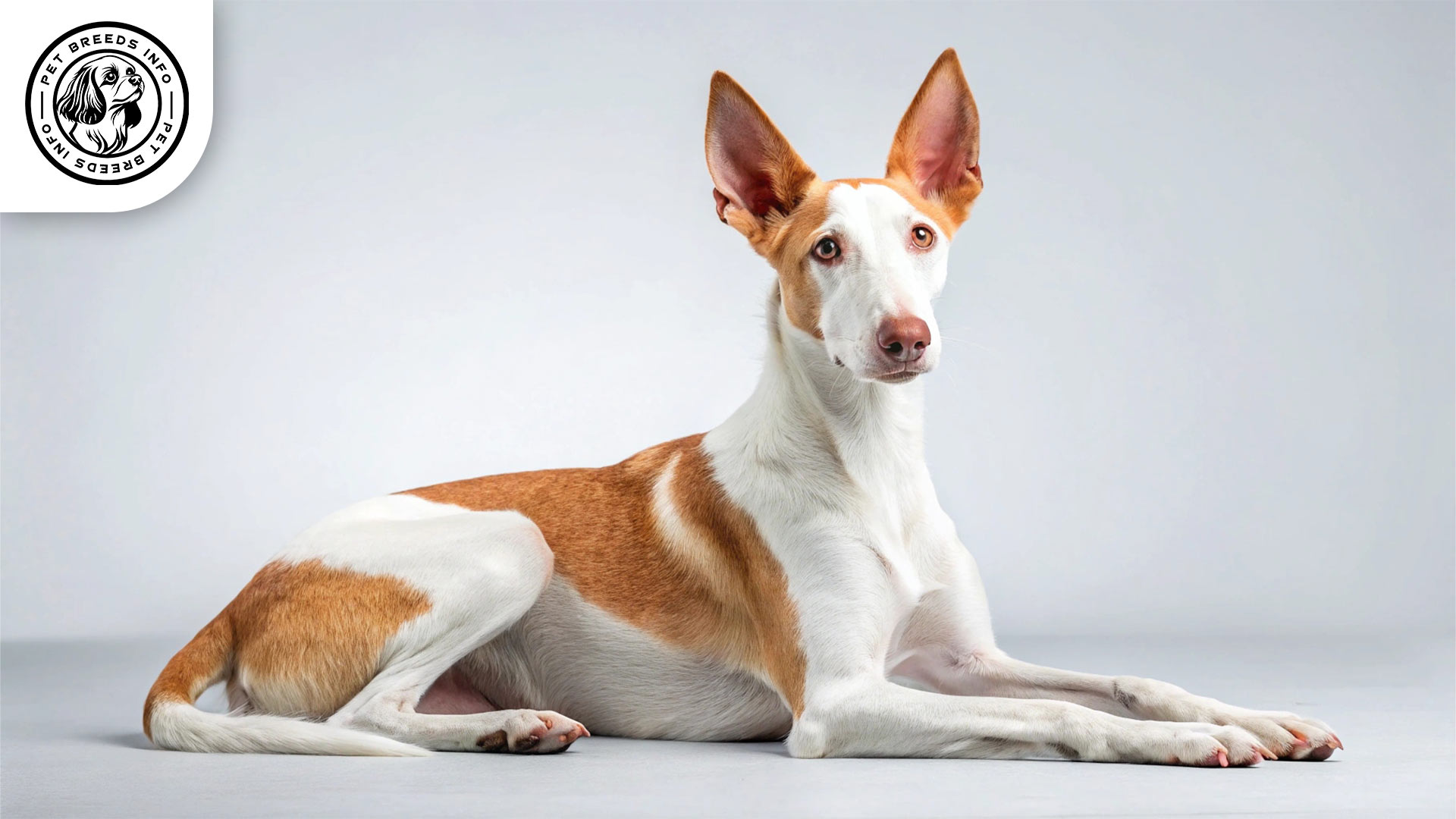Belgian Malinois Dog Breed: Size, Price & Personality
General Introduction of the Breed
The Belgian Malinois is a breed of herding dog known for its high intelligence, agility, and loyalty. Originating from Belgium, it is one of the four Belgian Shepherd dog breeds, along with the Tervuren, Laekenois, and Groenendael. The breed was developed in the late 19th century and has been widely used in police, military, and search and rescue operations due to its exceptional work ethic and trainability.
Table of Contents
| Weight | 40-80 lbs |
| Lifespan | 12-14 years |
| Diet | High-protein kibble, wet, or raw food |
| Care | Weekly brushing, regular exercise |
| Health | Prone to hip dysplasia, eye issues |
| Color | Fawn with black mask |
| Nature | Intelligent, energetic, loyal |
| Price | $1,000 – $3,000 |
Physical Characteristics
The Belgian Malinois is a medium to large-sized dog with a well-proportioned and athletic build. Males typically stand between 24-26 inches (61-66 cm) at the shoulder, while females range from 22-24 inches (56-61 cm). Their weight varies from 40-80 pounds (18-36 kg), with males generally being larger.
The breed has a short, dense coat that is weather-resistant. The standard color is fawn with a black mask and black-tipped hairs. Some Malinois may also have slight variations in coat shading.
Their eyes are almond-shaped and dark brown, providing an alert and intelligent expression. The ears are erect and triangular, while the tail is long and slightly curved when at rest.
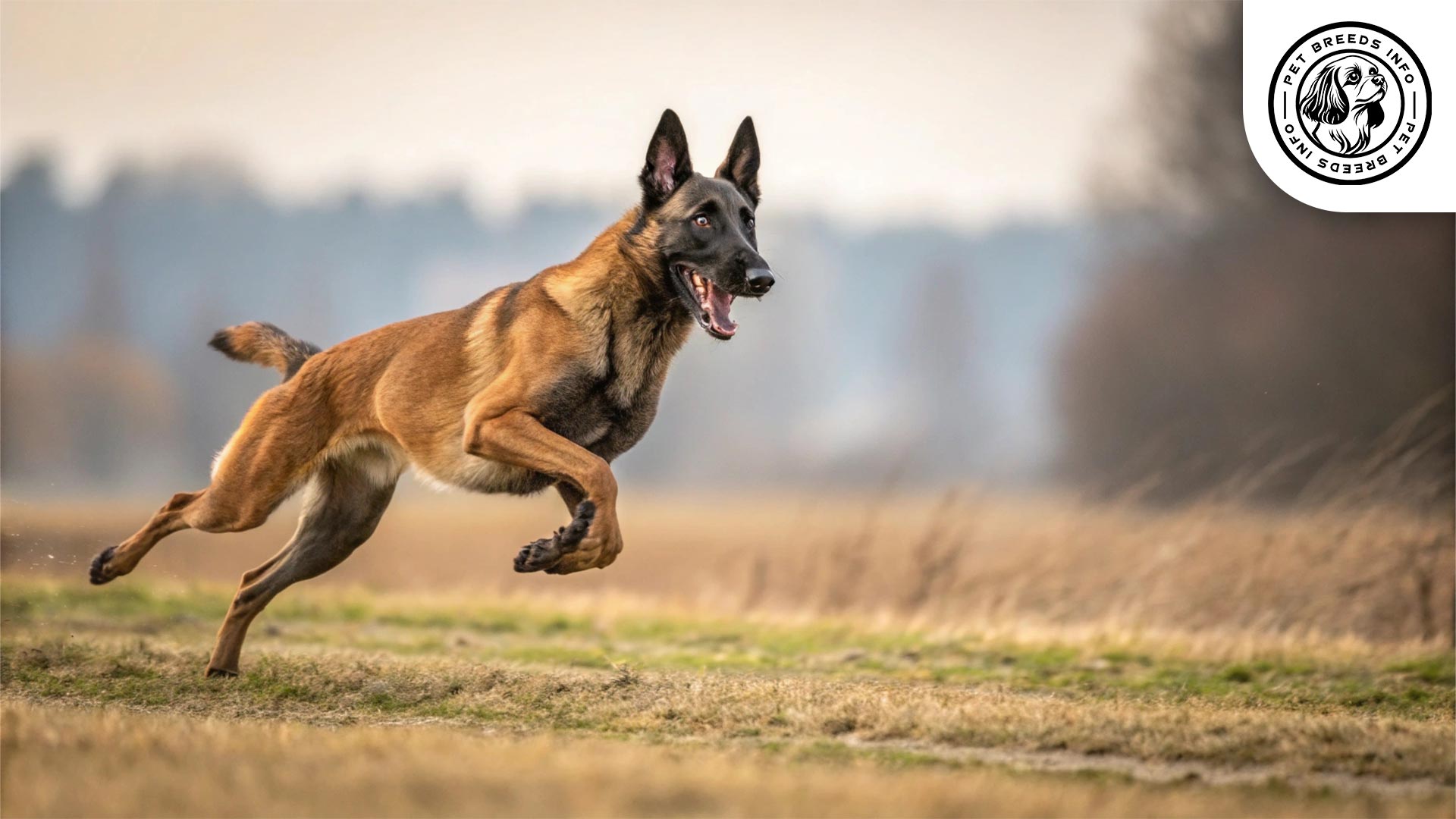
Personality and Temperament
The Belgian Malinois is highly intelligent and eager to learn, making it an excellent working dog. It has extremely high energy levels and requires plenty of physical and mental stimulation. This breed forms strong bonds with its owners and thrives on companionship.
The Malinois is generally good with family members, including children, when properly socialized. However, due to its protective nature, early training and consistent socialization are essential. It can be wary of strangers and may exhibit protective behaviors.
The breed has a strong prey drive and enjoys engaging in activities like running, fetching, and agility training. It is sensitive to environmental changes and responds well to positive reinforcement.
Care and Maintenance Requirements
Due to its high energy levels, the Belgian Malinois requires vigorous daily exercise. Long walks, runs, agility training, and interactive play sessions are necessary to keep it physically and mentally satisfied.
This breed is best suited for homes with a yard or access to open spaces. It is not ideal for apartment living unless the owner is committed to providing sufficient physical activity.
The Belgian Malinois has a short coat that sheds moderately year-round, with heavier shedding periods during seasonal changes. Weekly brushing helps manage shedding, while baths should be given as needed. Regular nail trimming, ear cleaning, and dental care are also important.
It has good tolerance for various weather conditions but may require extra care in extreme temperatures.
Diet and Nutrition
High-quality dog food, whether commercial kibble, wet food, or a raw diet, is recommended. The diet should be rich in protein to support its active lifestyle.
Read More: Basenji Dog
Owners should avoid feeding their Belgian Malinois toxic foods such as chocolate, onions, grapes, and excessive fatty scraps. Portion sizes should be based on the dog’s activity level, with most adults requiring two meals per day.
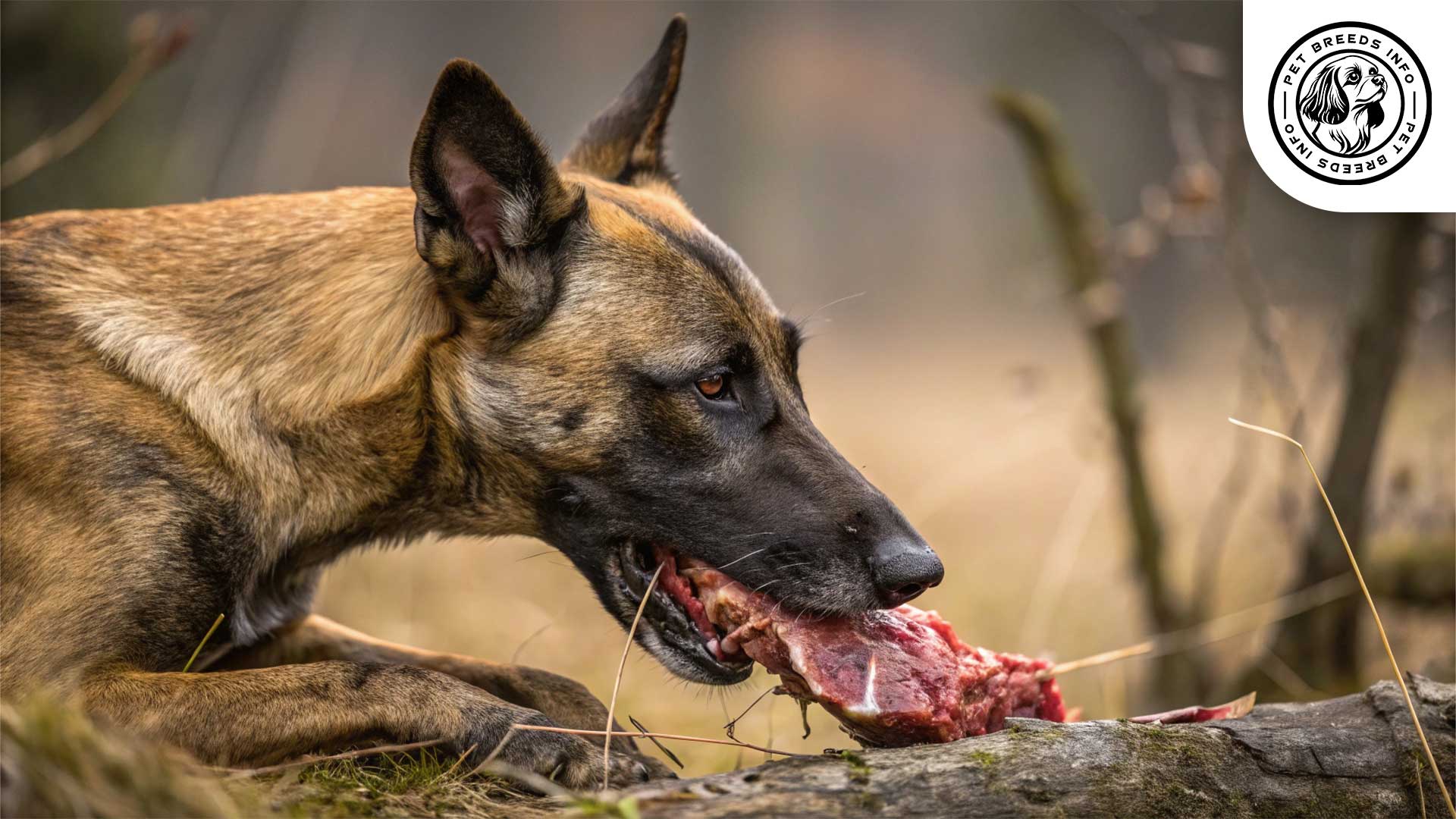
Health and Common Medical Issues
The Belgian Malinois is a generally healthy breed with a lifespan of 12-14 years. However, it may be prone to certain genetic conditions, including hip dysplasia, elbow dysplasia, and progressive retinal atrophy.
Routine veterinary check-ups, vaccinations, and preventive care are essential to ensure its well-being.
Training and Behavior Management
The Belgian Malinois is highly trainable but requires an experienced and firm handler. Early socialization and obedience training are vital to prevent behavioral issues.
Positive reinforcement techniques, along with consistency and patience, yield the best results. This breed thrives on tasks and challenges, making advanced training and dog sports excellent outlets for its intelligence.
Interaction with Other Animals and Humans
With proper socialization, the Belgian Malinois can be excellent with children, though its high energy may be overwhelming for very young kids.
Read More: Beagle Dog
It can coexist with other pets but may exhibit dominance toward unfamiliar animals. Slow introductions and supervision are recommended.
This breed bonds deeply with its owners and prefers companionship, making it more suited for active families or individuals with time to dedicate to training and exercise.
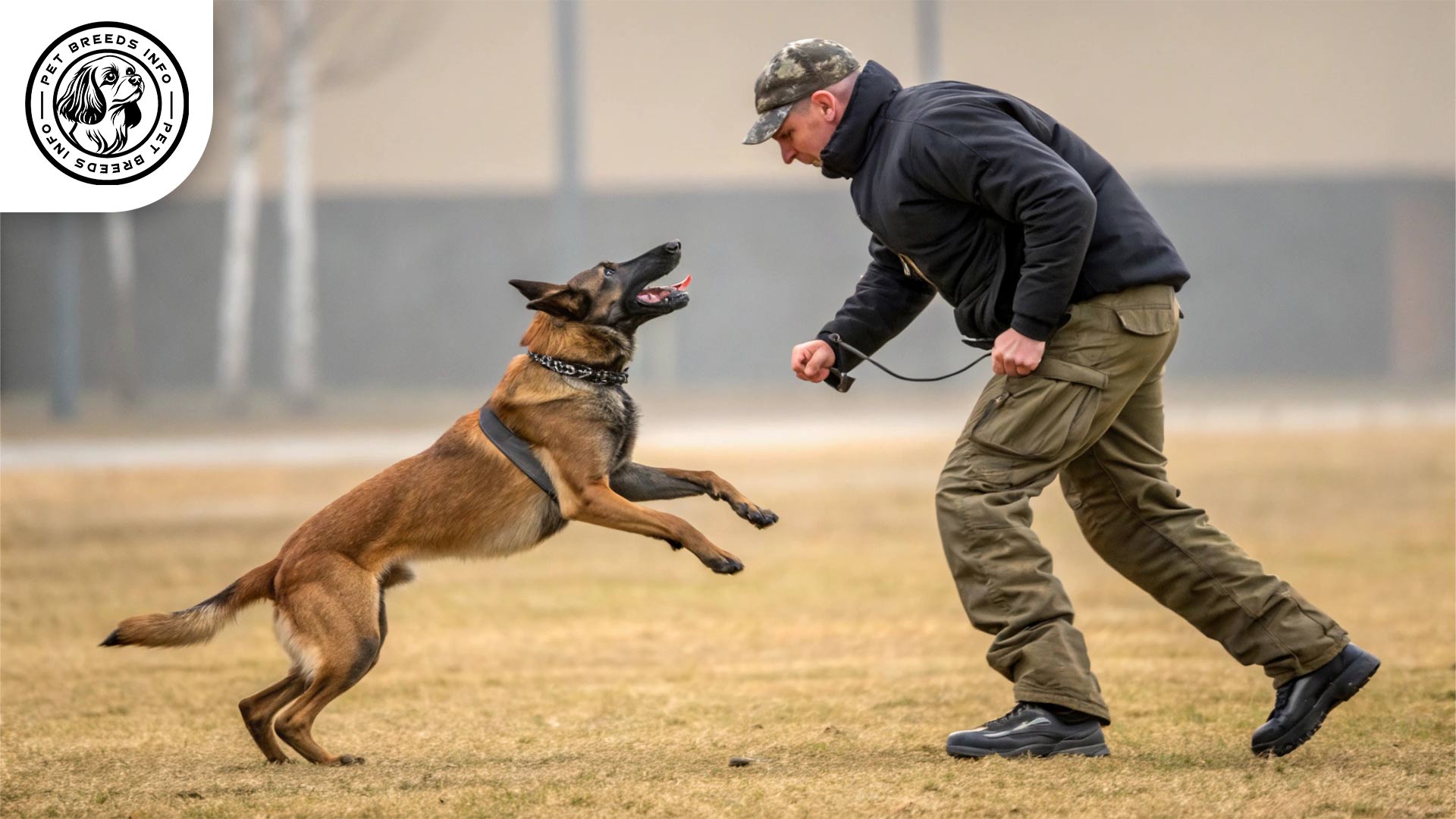
Price and Availability
The cost of a Belgian Malinois puppy from a reputable breeder typically ranges from $1,000 to $3,000. Factors such as lineage, training, and location influence the price.
Prospective owners should research breeders carefully to ensure ethical breeding practices. Adoption from shelters or rescue organizations is also a great option.
Conclusion and Final Thoughts
The Belgian Malinois is an intelligent, loyal, and highly active breed that thrives in a structured and engaged lifestyle. It is best suited for experienced dog owners who can provide ample training and exercise.
Those considering this breed should be prepared for its demanding energy levels and mental stimulation needs. With proper care, training, and socialization, the Belgian Malinois makes a devoted and hardworking companion.
Read More: Bearded Collie Dog
FAQ
Is the Belgian Malinois good for families?
Yes, but it is best suited for active families with experience handling high-energy dogs.
How much exercise does a Belgian Malinois need?
It requires vigorous daily exercise, including running, agility training, and interactive play.
Are Belgian Malinois easy to train?
Yes, but they need an experienced and firm handler. Positive reinforcement and consistent training work best.
Can Belgian Malinois live in apartments?
It is not ideal for apartment living unless given sufficient daily exercise and mental stimulation.
